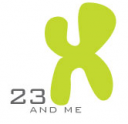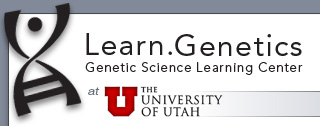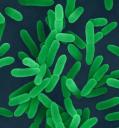This week I had a terrific email conversation with Jasia from The Creative Gene about genetic genealogy.She left a comment on a recent post, Discovering My Maternal Roots, which asked:
“I’m a complete neophyte about DNA for genealogy. I’m wondering if there is any reason to test myself, and my mother. Since the mtDNA seems to trace the maternal line… is it enough to test just one of us or is there something to be learned by testing both of us?â€
This is a great question, one that many people who are new to genetic genealogy ask.Understanding how mtDNA and Y-DNA are inherited is one of the most challenging aspects of genetic genealogy.I always think of them as mirror images; if you chart your family tree, the Y-DNA travels down the far left line (from your father’s father’s fathers’ father…) while the mtDNA follows the far right line (from your mother’s mother’s mother’s mother…).Here is my response to her comment:
 I get visitors from search engines nearly everyday looking for information about the startup business 23andMe. I’ve briefly mentioned 23andMe
I get visitors from search engines nearly everyday looking for information about the startup business 23andMe. I’ve briefly mentioned 23andMe  I
I  The CCR5 gene encodes a chemokine receptor (a long name for a protein that sits in the walls of our cells).When the body has been invaded by a pathogen such as a cold virus, CCR5 plays an important role in fighting that virus.Smart viruses such as HIV-1, however, hijack the CCR5 protein and use it to sneak into CD4+ T cells & macrophages.
The CCR5 gene encodes a chemokine receptor (a long name for a protein that sits in the walls of our cells).When the body has been invaded by a pathogen such as a cold virus, CCR5 plays an important role in fighting that virus.Smart viruses such as HIV-1, however, hijack the CCR5 protein and use it to sneak into CD4+ T cells & macrophages.